Aruna Asaf Ali: 5 Defiant Moments That Changed India Forever
🔥 Introduction: Aruna Asaf Ali The Silent Flame That Lit India’s Freedom
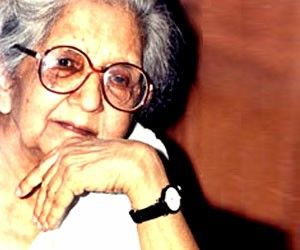
n the grand tapestry of India’s freedom struggle, some names roar from podiums, while others echo through quiet defiance. Aruna Asaf Ali was the latter—a woman who didn’t seek attention, but history couldn’t ignore her. She was a rebel in a sari, a teacher turned revolutionary, and a symbol of fearless resistance.
Born on 16 July 1909 in Kalka, Punjab, Aruna Ganguly belonged to a progressive Bengali Brahmo family. Her early education at Sacred Heart Convent shaped her intellect, independence, and quiet strength. But it was her marriage to Asaf Ali, a senior Congress leader, that marked her entry into full-time activism. Their interfaith union in 1928 was bold, controversial, and symbolic of the inclusive India she believed in.
From that moment, Aruna Asaf Ali became more than a teacher—she became a torchbearer of rebellion.
✊ First Arrest: The Salt Satyagraha
Her first major act of resistance came during the Salt Satyagraha in 1930. She was arrested and imprisoned in Tihar Jail, where she organized hunger strikes and protests. Even behind bars, Aruna Asaf Ali was a force. Her courage earned respect from fellow prisoners and fear from British authorities.
She didn’t shout. She didn’t plead. She simply stood firm.
🏴 The Flag That Changed Everything
Her most iconic moment came on 9 August 1942, during the Quit India Movement. With senior Congress leaders arrested, the movement risked collapse. But Aruna Asaf Ali stepped forward. At Gowalia Tank Maidan in Bombay, she hoisted the Indian flag, defying British orders and igniting mass protests.
That single act made her the “Heroine of the Quit India Movement.” She went underground, evading arrest, publishing resistance literature, and organizing secret meetings. Her courage wasn’t loud—it was relentless.
Aruna Asaf Ali became a symbol of resistance, not just for women, but for every Indian who believed in freedom.
🗳️ Post-Independence: From Rebel to Mayor
After independence, Aruna Asaf Ali didn’t retire. She joined the Socialist Party, later the Communist Party of India, and continued her fight for justice. In 1958, she became Delhi’s first female mayor, proving that leadership wasn’t about titles—it was about service.
She worked tirelessly for women’s rights, civil liberties, and political education, always staying true to her values. Her activism extended beyond politics—it was rooted in humanity.
🏆 Honors That Followed
Her contributions didn’t go unnoticed. She received:
- International Lenin Peace Prize (1964)
- Jawaharlal Nehru Award for International Understanding (1991)
- Padma Vibhushan (1992)
- Bharat Ratna (1997, posthumously)
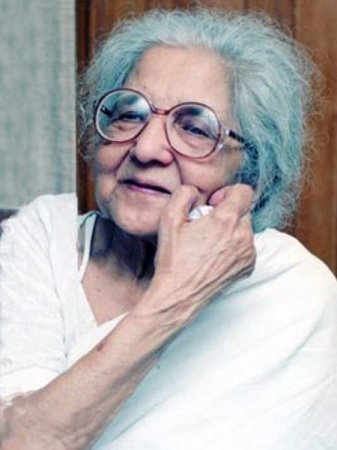
These honors weren’t just medals—they were acknowledgments of a life lived in service of truth.
🕊️ Final Years and Legacy
Aruna Asaf Ali passed away on 29 July 1996 in New Delhi. But her legacy lives on—in textbooks, stamps, statues, and stories. She’s remembered not just as a freedom fighter, but as a symbol of graceful defiance..
Her life teaches us:
- That rebellion can be quiet
- That courage doesn’t need a crowd
- That dignity is the highest form of protest
Aruna Asaf Ali didn’t just fight for independence—she embodied it.
Table of Contents
🗣️ Real Speech by Aruna Asaf Ali
📍 Location: UNESCO General Conference, Mexico City
📅 Date: 11 November 1947
🎯 Motive: Represent India’s voice in global cultural and educational cooperation after independence
🔹 Excerpt from the Speech:
“Mr. Chairman and fellow delegates: I wish I could have spoken in my own language, Hindustani; perhaps when you meet again next year, it will be possible for the representatives of my country to speak in Hindustani, because naturally, we express ourselves best in our own language.”
This opening line reflected Aruna Asaf Ali’s belief in cultural dignity and linguistic pride. She spoke on behalf of India’s commitment to education, peace, and international cooperation, just months after gaining independence.
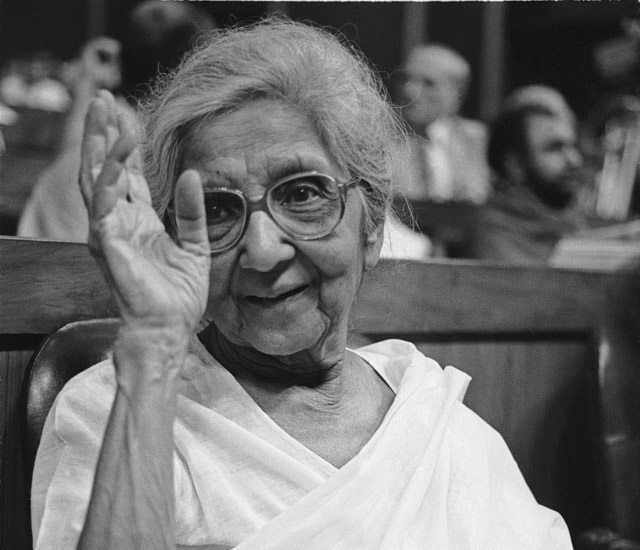
🔹 Historical Significance:
- This was one of India’s first global diplomatic representations post-independence.
- Aruna Asaf Ali’s presence as a woman leader on such a stage was groundbreaking.
- Her speech emphasized India’s cultural identity, multilingual heritage, and the importance of education in building peace.
🔗 Connection to Her Legacy:
Just as she had hoisted the flag during the Quit India Movement in 1942, Aruna Asaf Ali now raised India’s voice on the world stage. Her transition from underground revolutionary to international diplomat showcased her versatility, intellect, and enduring commitment to nation-building.
You can read the full speech via UNESCO’s official archive or explore her collected writings in Fragments of the Past on Archive.org.
🔍 The Origin of the Name “Aruna Asaf Ali”
Aruna Asaf Ali was born as Aruna Ganguly on 16 July 1909 in Kalka, Punjab, into a Bengali Brahmo family known for its progressive values. Her early life was shaped by reformist ideals—education, equality, and rational thought. These values laid the foundation for her later activism.
In 1928, Aruna made a bold decision: she married Asaf Ali, a senior leader in the Indian National Congress and a Muslim. Their interfaith marriage was rare and controversial at the time, especially in a deeply conservative society. By taking his name, Aruna Ganguly became Aruna Asaf Ali, symbolizing not just a personal union but a powerful political statement.
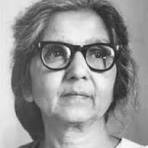
Her name became a fusion of two worlds—Hindu and Muslim, East and West, tradition and revolution. It stood for unity in diversity, a principle that would later define India’s secular identity.
✊ The Name as a Symbol of Resistance
After her marriage, Aruna Asaf Ali stepped into the political arena with full force. She joined the Indian National Congress, participated in the Salt Satyagraha, and became a key figure in the Quit India Movement, famously hoisting the national flag at Gowalia Tank Maidan in 1942.
Her name began appearing in newspapers, police reports, and underground publications. It wasn’t just a name—it was a signal of defiance. To the British, Aruna Asaf Ali represented unrest. To Indians, she represented courage.
🏛️ Post-Independence Legacy of the Name
Even after independence, Aruna Asaf Ali continued to serve the nation. She became Delhi’s first female mayor, worked with the Socialist Party and later the Communist Party of India, and advocated for civil liberties and women’s rights.
Her name was etched into history not just through her actions, but through honors:
- International Lenin Peace Prize (1964)
- Padma Vibhushan (1992)
- Bharat Ratna (1997, posthumously)
Today, the name Aruna Asaf Ali is found in textbooks, commemorative stamps, public institutions, and memorials. It stands for fearless leadership, secular unity, and unwavering commitment to justice.
🍼 1909 – Birth of a Rebel Mind: The Rise of Aruna Asaf Ali
In the chronicles of India’s freedom struggle, few names carry the quiet intensity of Aruna Asaf Ali. She wasn’t loud, but she was unshakable. She didn’t seek fame, but history couldn’t ignore her. Born on 16 July 1909 in Kalka, Punjab, Aruna Ganguly entered a world ruled by colonial power—but raised with the spirit of resistance.
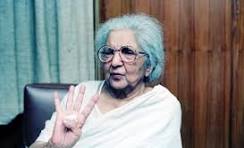
Her family belonged to the Bengali Brahmo Samaj, a reformist movement that championed education, equality, and rational thought. This wasn’t just a household—it was a foundation of fearless thinking. From the beginning, Aruna Asaf Ali was surrounded by ideas that questioned blind tradition and colonial dominance.
🎓1: Education That Empowered
Aruna’s early education at Sacred Heart Convent School shaped her intellect and independence. She wasn’t just a bright student—she was a bold thinker. Teachers admired her discipline. Peers respected her clarity. But what set her apart was her refusal to conform.
In a time when girls were expected to be quiet and obedient, Aruna Asaf Ali asked questions. She challenged norms. She believed that education wasn’t just about books—it was about building courage.
💭2: A Mind That Refused to Bow
Even as a teenager, Aruna displayed a rare blend of grace and grit. She wasn’t drawn to rebellion for attention—she was drawn to justice. Her thoughts were sharp, her convictions firm. She didn’t wait for permission to think differently. She simply did.
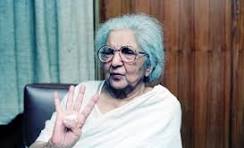
Aruna Asaf Ali understood early that freedom begins in the mind. Before she ever raised a flag, she raised her voice—in classrooms, in conversations, and in quiet defiance.
💍3: A Bold Union, A Bolder Path
In 1928, Aruna made a decision that shocked society—she married Asaf Ali, a senior Congress leader and a Muslim. Their interfaith marriage was a powerful statement in a conservative era. It wasn’t just love—it was rebellion.
This union marked her entry into full-time political life. From teacher to activist, Aruna Asaf Ali stepped into the arena with purpose. She didn’t just support her husband’s cause—she built her own legacy.
✊4: The Spirit Before the Storm
Her early years weren’t filled with protests or speeches. They were filled with preparation. She read deeply, observed keenly, and built a quiet fire within. That fire would later ignite the Quit India Movement, but its roots were planted in these formative years.
Aruna Asaf Ali wasn’t waiting for history to call her. She was preparing to answer.
🌱5: Why This Origin Matters
The story of Aruna Asaf Ali’s birth and upbringing isn’t just background—it’s blueprint. It shows us that:
- Resistance begins with reflection
- Education is the first act of rebellion
- Courage is cultivated—not inherited
She didn’t grow up in a battlefield. She grew up in a home of ideas. And those ideas shaped one of India’s fiercest freedom fighters.
🎓 1920s – Educator Turned Activist: The Awakening of Aruna Asaf Ali
In the early 20th century, when Indian women were largely confined to domestic roles, Aruna Asaf Ali chose a different path. She believed that education was not just a privilege—it was a responsibility. And for her, the classroom was not the final destination, but the beginning of a much larger journey.
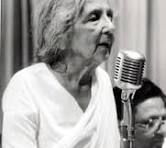
Born into a progressive Bengali Brahmo family, Aruna was raised with values rooted in reform, rationality, and justice. These ideals shaped her worldview and laid the foundation for a life of purpose. After completing her education at Sacred Heart Convent and later at All Saints’ College in Nainital, she moved to Delhi to begin her professional life.
📚1: The Classroom as a Catalyst
Aruna began her career as a schoolteacher at Gokhale Memorial School in Delhi. She was young, articulate, and deeply committed to shaping young minds. Her teaching went beyond textbooks—she encouraged critical thinking, self-respect, and awareness of the world beyond the classroom walls.
But as she taught history, she couldn’t ignore the injustice unfolding outside. The British Raj’s oppressive policies, the growing unrest, and the cries for freedom stirred something within her. She realized that true education must lead to action.
For Aruna Asaf Ali, the classroom was no longer enough. The nation needed her voice.
💍2: A Marriage That Challenged Conventions
In 1928, Aruna made a bold personal decision that would change the course of her life—she married Asaf Ali, a prominent lawyer and senior leader in the Indian National Congress. Their union was more than a marriage; it was a statement.
At a time when interfaith marriages were rare and often condemned, their relationship defied societal norms. Aruna, a Hindu woman, and Asaf, a Muslim man, stood together not just in love, but in ideology. Their shared commitment to India’s freedom brought them closer, and their partnership became a symbol of unity in a divided colonial society.
This marriage also marked Aruna’s formal entry into the political arena. She was no longer a bystander—she was now a participant in the nation’s most defining struggle.
🏛️3: Joining the Indian National Congress
With her husband’s encouragement and her own growing conviction, Aruna Asaf Ali joined the Indian National Congress. It was a natural progression for someone who had already begun questioning the status quo. But Aruna was not content with symbolic participation—she immersed herself fully in the movement.
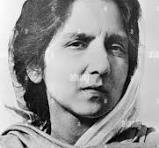
She attended meetings, organized protests, and engaged with leaders of the freedom struggle. Her presence was not ornamental; it was impactful. She brought with her a sharp intellect, a disciplined spirit, and a deep sense of justice.
Her transition from educator to activist was not abrupt—it was intentional. She understood that the fight for independence required not just slogans, but strategy. Not just passion, but persistence.
✊4: From Private Resolve to Public Resistance
The 1920s were a period of political awakening across India. The Non-Cooperation Movement had stirred the masses, and the call for Swaraj—self-rule—was growing louder. Aruna found herself drawn to the heart of this momentum.
She began working closely with women’s groups, encouraging female participation in the freedom movement. She believed that India’s liberation was incomplete without the empowerment of its women. Her speeches were measured yet powerful, her actions deliberate and fearless.
Aruna Asaf Ali was not just following a cause—she was shaping it.
🌟5: Why This Chapter Matters
The 1920s were not just a decade of political change—they were the years that transformed Aruna Asaf Ali from a teacher into a torchbearer of freedom. Her journey during this time teaches us:
- That education is the first step toward empowerment
- That personal choices can become political acts
- That true leadership begins with conviction, not position
She didn’t wait for a title.
She didn’t seek applause.
She simply acted—because her conscience demanded it.
✊ 1930s–1940s – Freedom Fighter in Action: The Defiant Legacy of Aruna Asaf Ali
In the heart of India’s independence movement, one woman stood out—not for loud speeches, but for bold actions. Aruna Asaf Ali emerged as a fearless leader during the 1930s and 1940s, challenging colonial rule with unwavering resolve and strategic brilliance.
🔹1: The Salt Satyagraha – Her First Act of Defiance
In 1930, when Mahatma Gandhi launched the Salt Satyagraha, thousands joined the civil disobedience movement. Among them was Aruna Asaf Ali, who defied British laws and was arrested for her participation.
Her imprisonment at Tihar Jail was not a setback—it was a platform. Inside the prison, she organized hunger strikes and protests, demanding better treatment for political prisoners. Her courage and leadership earned respect from fellow inmates and drew attention from national leaders.
This marked the beginning of her transformation from a committed activist to a national symbol of resistance.
🔹2: The Quit India Movement – A Defining Moment
The year 1942 was a turning point in India’s freedom struggle. The Quit India Movement, launched by the Indian National Congress, called for an immediate end to British rule. As senior leaders were arrested, the movement faced a leadership vacuum.
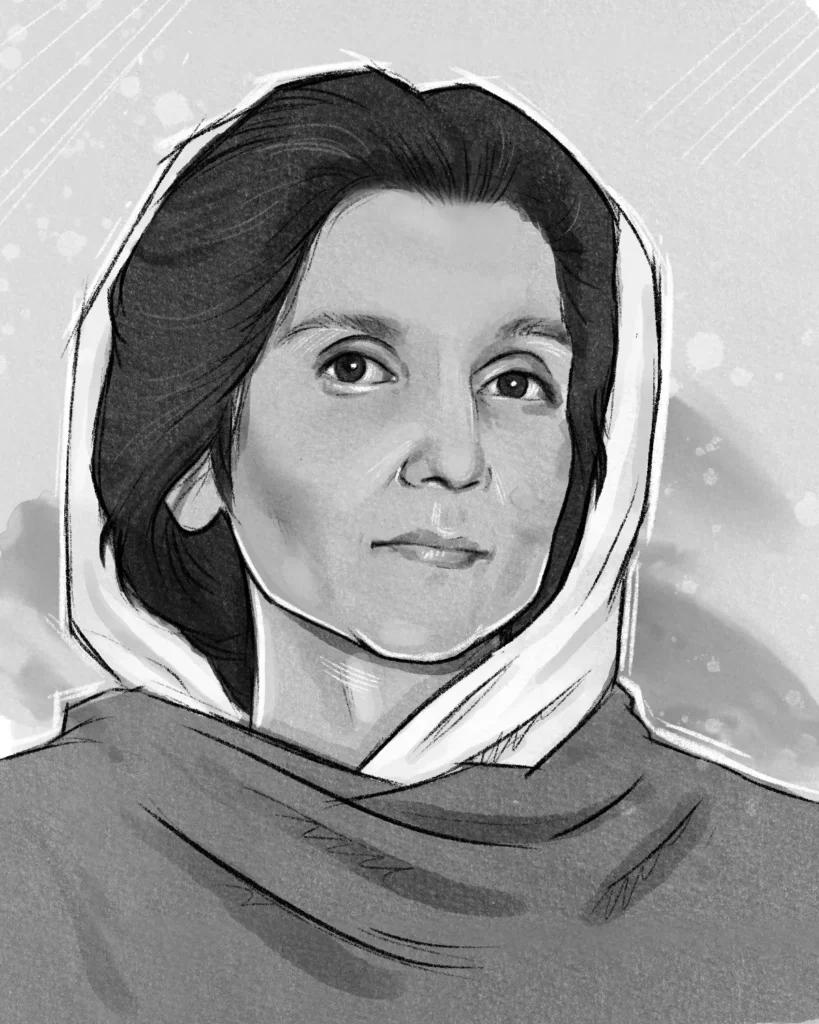
Aruna Asaf Ali stepped into that void with fearless determination. On 9 August 1942, at Gowalia Tank Maidan in Bombay, she hoisted the Indian flag, defying British orders and igniting mass protests across the country.
This act was more than symbolic—it was revolutionary. It demonstrated that women were not just participants in the freedom movement; they were leaders. Her bravery earned her the title “Heroine of the Quit India Movement.”
🔹3: Underground Resistance – A Life in Secrecy
Following her public defiance, Aruna Asaf Ali became a target of British authorities. Refusing to surrender, she went underground, living in secrecy for nearly three years.
During this time, she played a crucial role in sustaining the movement. She published underground newspapers, coordinated protests, and maintained communication between scattered resistance groups. Her home became a hub for revolutionary planning, and her writings inspired thousands to continue the fight.
Her underground work was strategic, disciplined, and dangerous. Yet she never wavered.
🔹4: Leadership Without Limelight
While many leaders were imprisoned, Aruna Asaf Ali operated from the shadows, ensuring the movement’s momentum never faded. She didn’t seek recognition—she sought results.
Her leadership style was quiet but effective. She empowered others, especially women, to take active roles in the struggle. Her actions proved that true leadership is not about visibility—it’s about impact.
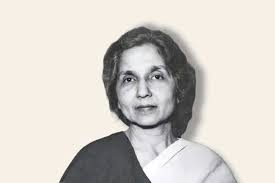
Aruna Asaf Ali became a symbol of resilience, intellect, and moral strength.
🔹5: Why This Era Defines Her Legacy
The 1930s and 1940s were not just years of activism—they were the foundation of Aruna Asaf Ali’s legacy. Her journey during this period teaches us:
- That courage is not the absence of fear, but the mastery of it
- That leadership is earned through action, not titles
- That freedom is achieved through sacrifice, strategy, and solidarity
She didn’t just fight for independence—she embodied it.
🗳️ Post-1947 – Nation Builder: The Legacy of Aruna Asaf Ali Beyond Independence
India gained freedom in 1947, but the real work had just begun.
While many freedom fighters stepped back, Aruna Asaf Ali stepped forward.
She didn’t retire into history—she rebuilt it.
🔹1: From Revolutionary to Reformer
After independence, Aruna Asaf Ali joined the Socialist Party, aligning herself with progressive ideals.
She believed that freedom wasn’t just political—it had to be social and economic.
Her activism shifted from resistance to reconstruction.
Later, she joined the Communist Party of India, drawn by its commitment to equality, labor rights, and grassroots empowerment.
Her politics were never about power—they were about purpose.
Aruna Asaf Ali remained fearless, principled, and deeply committed to the people.
🔹2: Delhi’s First Female Mayor
In 1958, history was made again.
Aruna Asaf Ali became the first woman to serve as Mayor of Delhi.
It wasn’t a ceremonial role—it was a challenge she embraced.
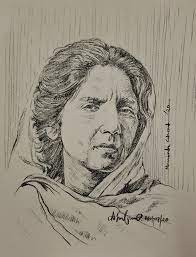
She focused on civic reform, public health, and inclusive governance.
She brought dignity to leadership and clarity to administration.
Her tenure was marked by integrity, efficiency, and empathy.
Aruna Asaf Ali proved that women didn’t just belong in politics—they could lead it.
🔹3: Champion of Civil Liberties
Even after independence, she remained a vocal advocate for civil rights.
She spoke against censorship, defended dissent, and supported democratic values.
Her voice was calm but firm—always on the side of justice.
She believed that freedom must be protected, not just celebrated.
Her activism extended to press freedom, human rights, and constitutional values.
Aruna Asaf Ali didn’t just fight the British—she stood up to any force that threatened liberty.
🔹4: Advocate for Women’s Rights
Throughout her life, she championed women’s empowerment.
She encouraged women to enter politics, speak boldly, and claim their space.
She mentored young leaders, supported education for girls, and challenged patriarchal norms.
Her feminism was rooted in action—not slogans.
She believed that a free India must be an equal India.
Aruna Asaf Ali became a role model for generations of women who saw leadership as their right, not a privilege.
🔹5: Educator of the Nation
Even outside classrooms, she remained an educator at heart.
She promoted political literacy, civic awareness, and historical consciousness.
She believed that informed citizens build strong democracies.
Her speeches, writings, and public engagements were filled with clarity and conviction.
She didn’t just teach facts—she taught values.
Aruna Asaf Ali helped India understand not just how it won freedom, but how to preserve it.
🔹 Why This Era Matters
The post-1947 chapter of Aruna Asaf Ali’s life is proof that true patriots don’t stop at independence.
They build.
They protect.
They uplift.
Her journey teaches us:
- That leadership is a lifelong responsibility
- That freedom must be deepened through justice
- That nation-building requires courage, compassion, and clarity
She didn’t seek titles.
She earned respect.
Aruna Asaf Ali was not just a freedom fighter—she was a nation builder.
🕊️ 1996 – Final Salute: Honoring the Legacy of Aruna Asaf Ali
Some lives end quietly.
Others leave behind a legacy that continues to inspire generations.
Aruna Asaf Ali belonged to the latter.
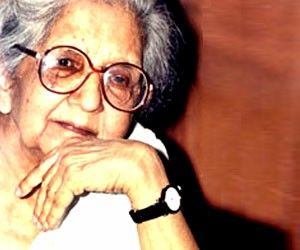
On 29 July 1996, India bid farewell to one of its most courageous and principled freedom fighters. Her passing marked the end of an era, but her contributions to the nation remain timeless.
🔹1: A Life of Unwavering Commitment
From her early days as a schoolteacher to her fearless role in the Quit India Movement, Aruna Asaf Ali lived a life defined by purpose. She never sought fame or recognition. Instead, she focused on service, justice, and the empowerment of others.
Even in her final years, she remained active in public life. She continued to write, mentor young leaders, and advocate for civil liberties. Her voice remained calm, her convictions firm, and her dedication to India’s democratic values unshaken.
Aruna Asaf Ali believed that freedom was not a destination—it was a responsibility that had to be protected and nurtured every day.
🔹2: The Final Goodbye
On 29 July 1996, Aruna Asaf Ali passed away in New Delhi at the age of 87. Her death was mourned across the country, not just by political leaders, but by ordinary citizens who had come to admire her quiet strength and unwavering integrity.
She was remembered as a woman who had stood firm in the face of colonial oppression, who had led with dignity, and who had never compromised her principles. Her funeral was solemn, but her legacy was radiant.
India did not just lose a leader—it lost a symbol of fearless resistance and ethical leadership.
🔹3: Bharat Ratna – A Nation’s Highest Tribute
In 1997, one year after her passing, the Government of India posthumously awarded Aruna Asaf Ali the Bharat Ratna, the country’s highest civilian honor. This recognition was not just a tribute to her role in the freedom struggle—it was a celebration of her lifelong commitment to justice, equality, and nation-building.
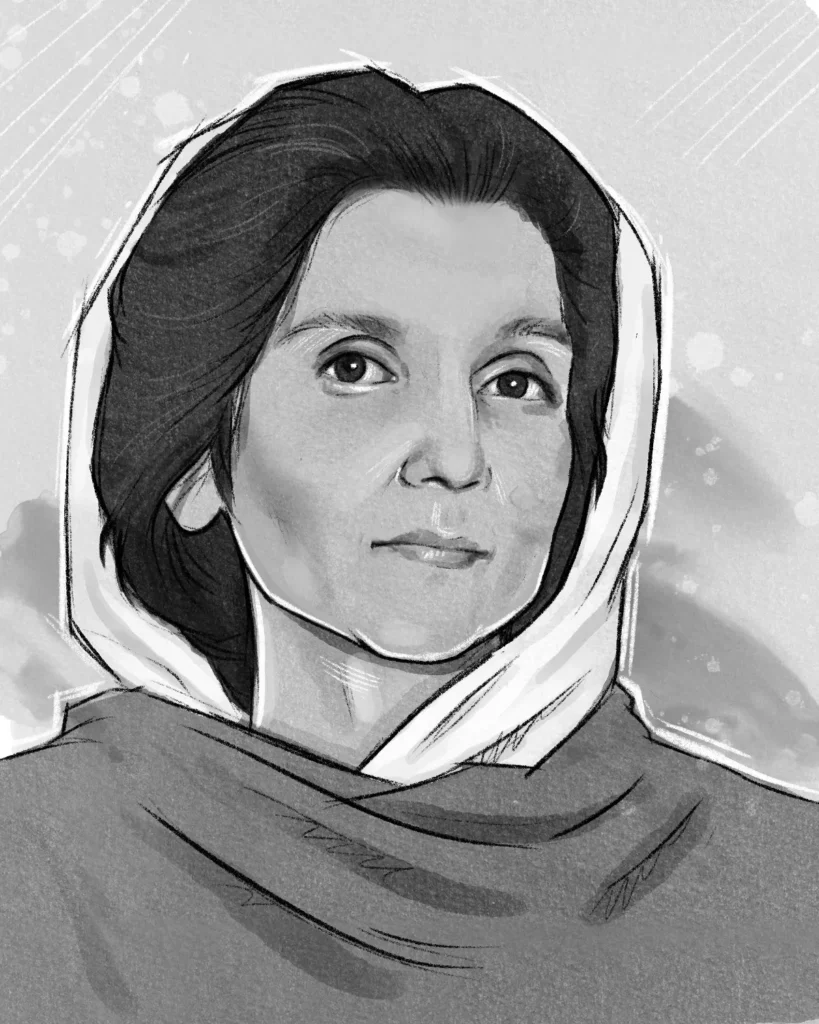
The Bharat Ratna placed her among the most revered figures in Indian history, alongside Mahatma Gandhi, Jawaharlal Nehru, and Dr. B.R. Ambedkar. It was a fitting acknowledgment of a woman who had given everything to her country and asked for nothing in return.
Aruna Asaf Ali had earned her place in the nation’s conscience—not through power, but through principle.
🔹4: Why Her Legacy Still Matters
The story of Aruna Asaf Ali is not just a chapter in history—it is a guide for future generations. Her life teaches us:
- That true leadership is rooted in integrity, not ambition
- That courage is quiet, consistent, and deeply personal
- That freedom must be defended not only in times of war, but in times of peace
She showed that women could lead revolutions, shape policies, and build nations. She proved that activism is not about noise—it is about impact.
Her legacy continues to inspire educators, activists, and leaders who believe in ethical governance and inclusive progress.
🔹5: The Flame That Never Died
Today, Aruna Asaf Ali’s name lives on in textbooks, commemorative stamps, public institutions, and memorials. But her true legacy lives in every citizen who chooses principle over popularity, service over self-interest, and justice over convenience.
She remains a role model for those who believe that patriotism is not about slogans—it is about sacrifice. Her story reminds us that freedom is fragile and must be protected with vigilance, empathy, and courage.
Aruna Asaf Ali did not just fight for independence—she taught us how to live it.
🏁 Conclusion: Aruna Asaf Ali – A Legacy That Refuses to Fade
In the vast landscape of India’s freedom struggle, certain names rise not just for what they did, but for how they did it. Aruna Asaf Ali is one such name—a woman who defied convention, challenged oppression, and built a legacy rooted in courage, intellect, and unwavering service.
From her early days as a schoolteacher in Delhi to her fearless participation in the Salt Satyagraha, Aruna Asaf Ali demonstrated that resistance begins with conviction. Her iconic act of hoisting the Indian flag at Gowalia Tank Maidan during the Quit India Movement in 1942 wasn’t just symbolic—it was revolutionary. It marked her as a leader who didn’t wait for permission to act. She led with clarity, not noise. With purpose, not ego.
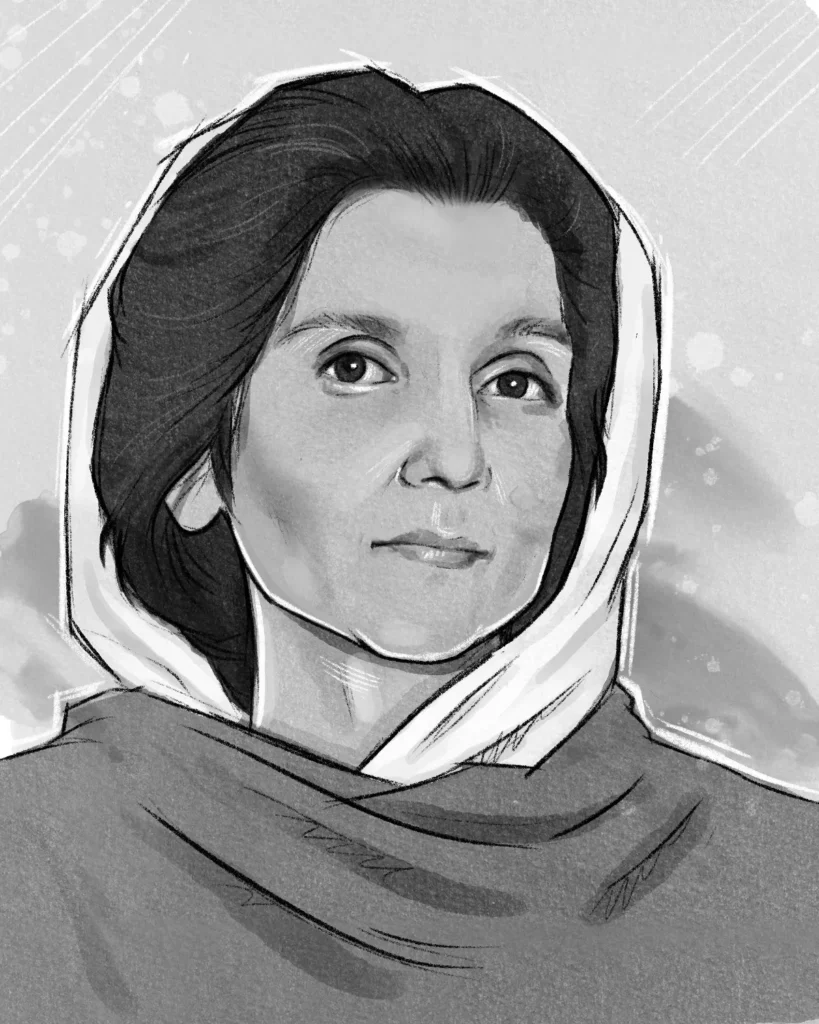
Even when forced underground, Aruna Asaf Ali continued to fight—not with weapons, but with words, strategy, and relentless organization. Her role in publishing resistance literature and coordinating protests kept the movement alive when others were silenced. She proved that true leadership doesn’t always stand in the spotlight—it often works in the shadows, driven by duty.
After independence, her journey didn’t end. She transitioned from revolutionary to reformer, joining the Socialist Party and later the Communist Party of India. In 1958, she became Delhi’s first female mayor, bringing dignity and discipline to public service. Her work in civil liberties, women’s rights, and political education reflected her belief that freedom must be deepened through justice and equality.
Aruna Asaf Ali passed away on 29 July 1996, but her legacy was immortalized when she was posthumously awarded the Bharat Ratna in 1997. This honor was not just a tribute—it was a national salute to a woman who gave everything to her country and asked for nothing in return.
Today, her name lives on in textbooks, memorials, and public consciousness. But more importantly, it lives in every citizen who chooses principle over popularity, service over self-interest, and courage over comfort. Her story is a reminder that patriotism is not about slogans—it is about sacrifice. That leadership is not about titles—it is about impact.
Aruna Asaf Ali didn’t just fight for India’s independence. She taught us how to live it. Her life is a blueprint for ethical leadership, fearless activism, and enduring legacy.
As we reflect on her journey, let us carry forward her spirit—not just in words, but in action. Let us remember that freedom is fragile, and it must be protected with vigilance, empathy, and courage. Let us honor Aruna Asaf Ali not just as a historical figure, but as a timeless inspiration.
Internal Links: 1.https://historyverse7.com/shivaji-maharaj/ 2.https://historyverse7.com/ashfaqulla-khan/
External Links: 1.https://www.britannica.com/biography/Aruna-Asaf-Ali 2.https://www.facebook.com/EpicChannelIndia/videos/fiercely-feminine-aruna-asaf-ali-grand-old-lady-of-indian-independence-bharat-ra/1057993975810254/
📘 FAQ: Understanding Aruna Asaf Ali
1. What made Aruna Asaf Ali’s leadership unique during the Quit India Movement?
Answer:
Unlike many leaders who were arrested immediately, Aruna Asaf Ali stayed free and chose to lead from the front. Her decision to hoist the national flag at Gowalia Tank Maidan wasn’t just symbolic—it was strategic. She filled a leadership vacuum with fearless action, proving that moral authority can be stronger than political rank.
2. Why did Aruna Asaf Ali go underground instead of surrendering to British authorities?
Answer:
She believed that surrender would silence the movement. By going underground, Aruna Asaf Ali kept the resistance alive—printing leaflets, organizing secret meetings, and maintaining morale. Her invisibility became her strength, allowing her to operate freely while others were imprisoned.
3. How did Aruna Asaf Ali balance her roles as a revolutionary and a public servant?
Answer:
She saw both roles as extensions of service. As a revolutionary, she fought for freedom; as Delhi’s first female mayor, she worked to build a just society. Aruna Asaf Ali believed that true patriotism meant serving people—whether through protest or policy.
4. What personal values shaped Aruna Asaf Ali’s political decisions?
Answer:
Integrity, secularism, and humility. Her interfaith marriage to Asaf Ali reflected her belief in unity. She never sought power for its own sake and often declined positions that didn’t align with her principles. Her decisions were guided by conscience, not convenience.
5. Why is Aruna Asaf Ali’s legacy still relevant in today’s India?
Answer:
Because she represents fearless leadership, ethical governance, and inclusive nationalism. In a time of loud politics, Aruna Asaf Ali’s quiet strength reminds us that real change comes from conviction, not charisma. Her story is a blueprint for those who want to lead with purpose.
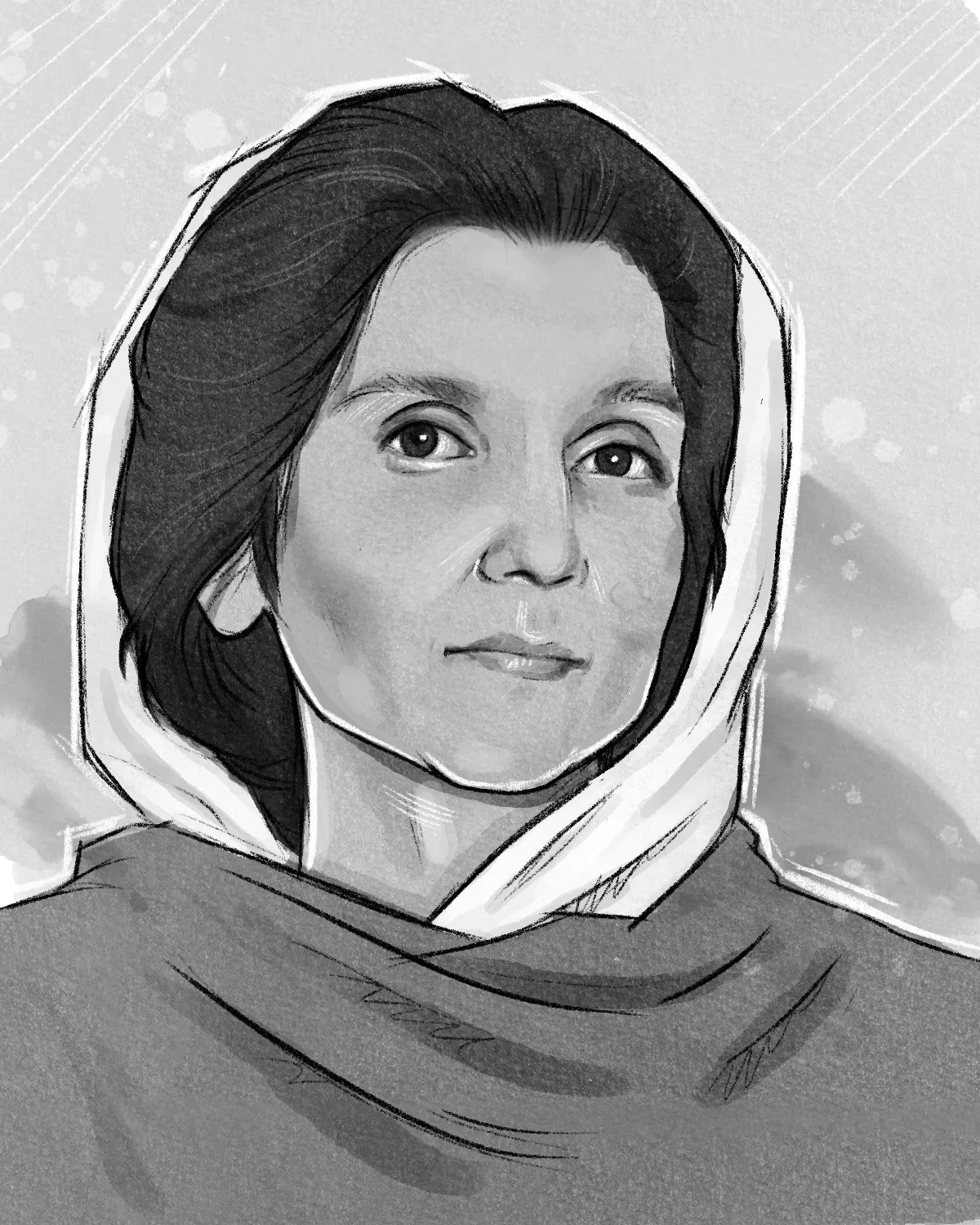
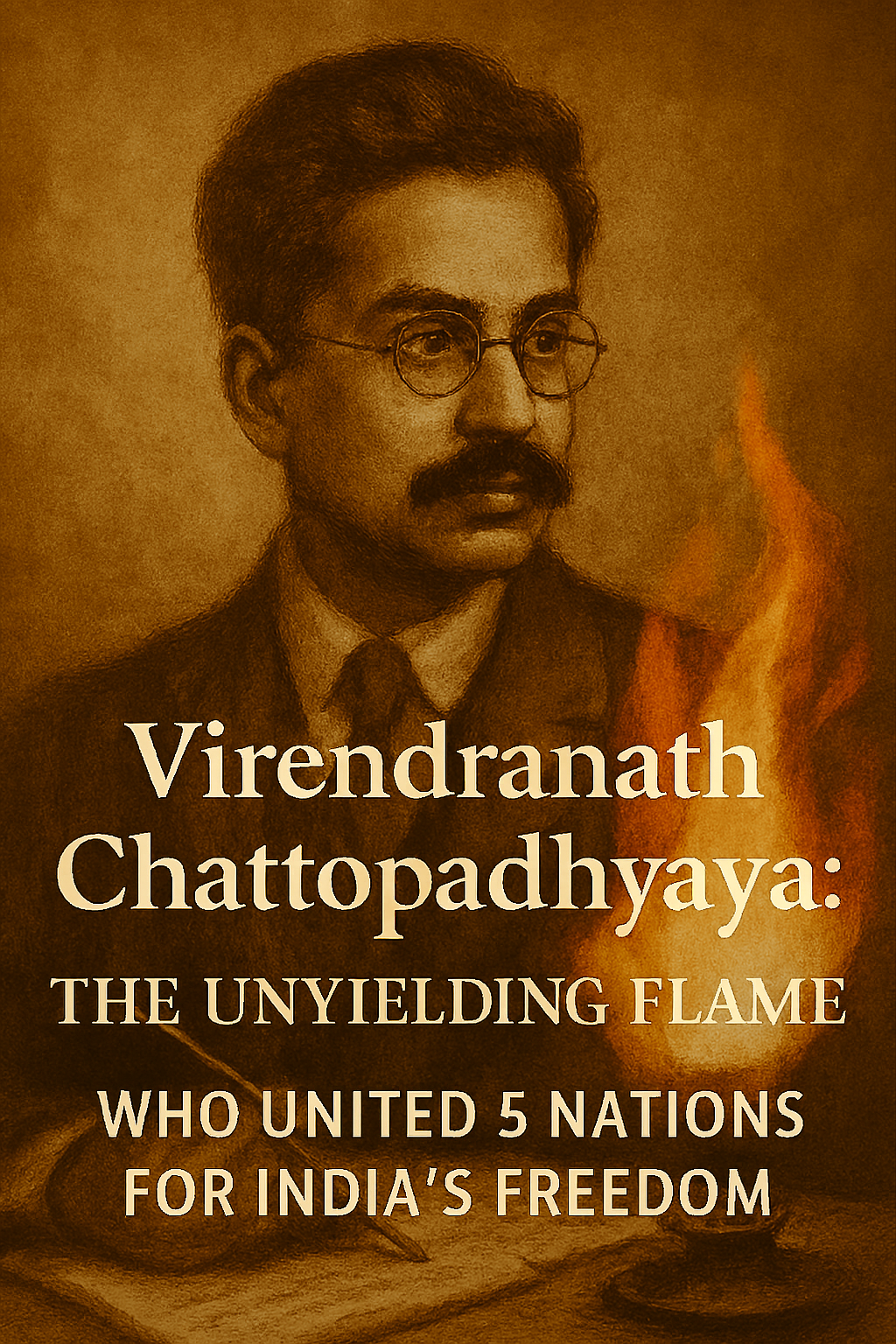
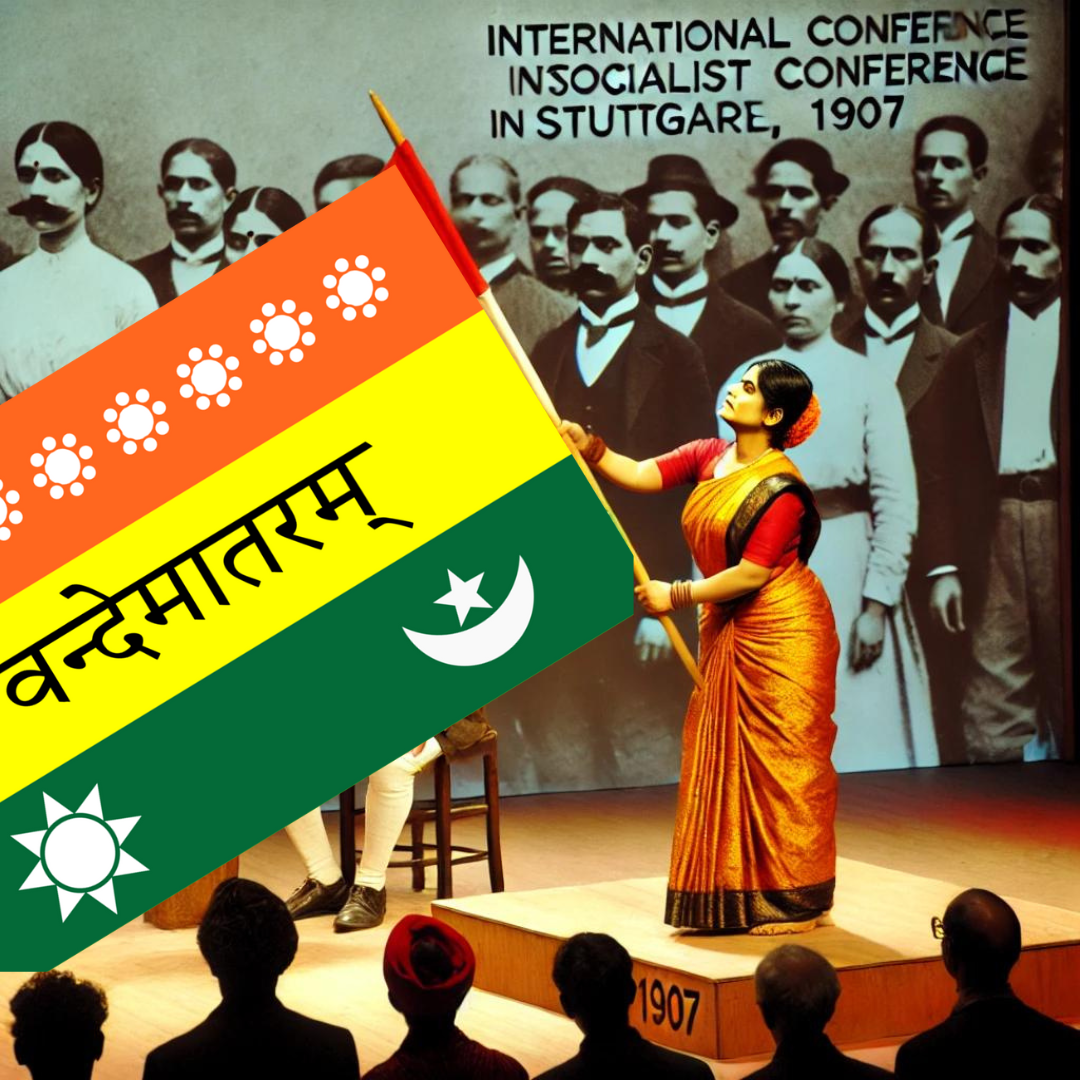
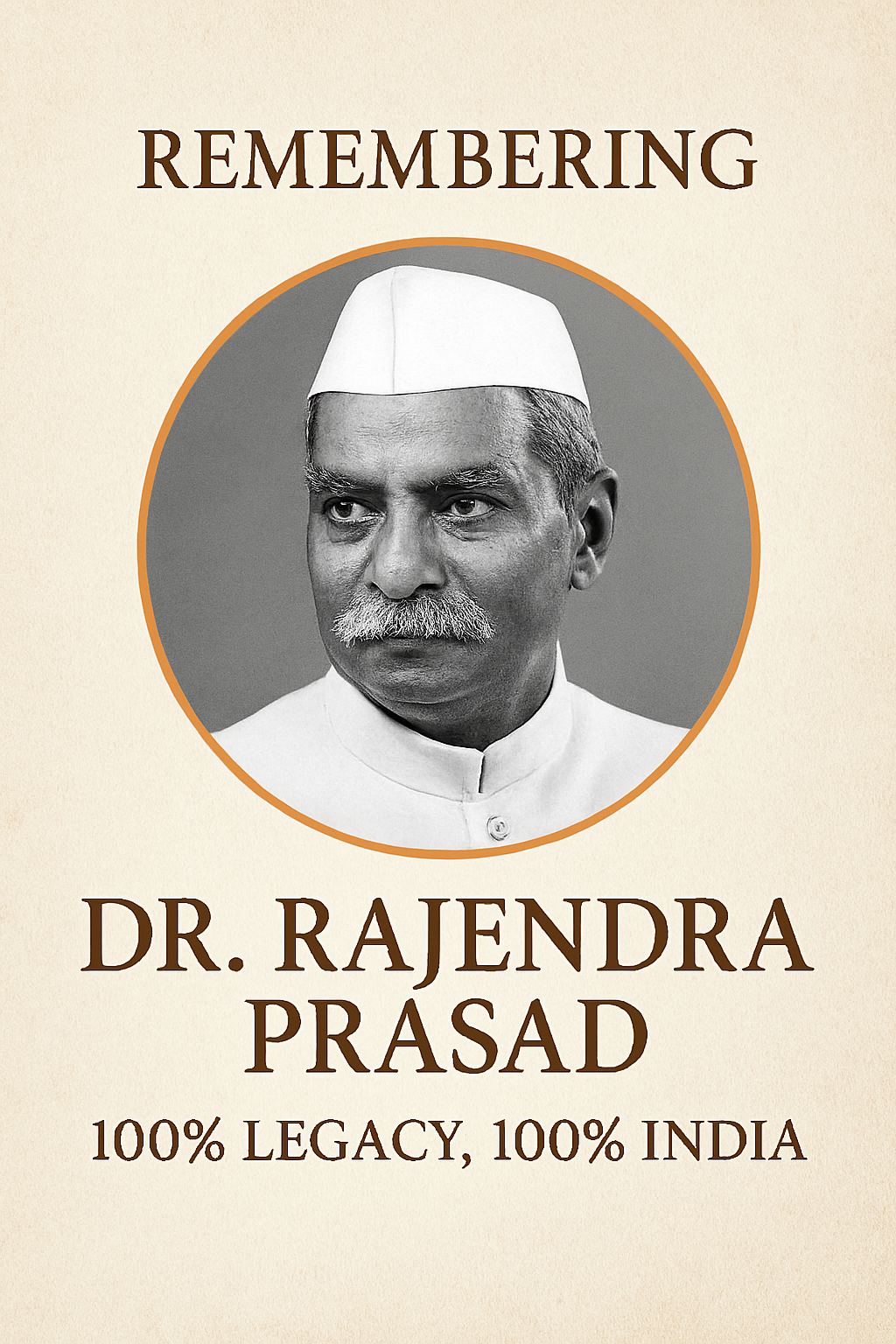

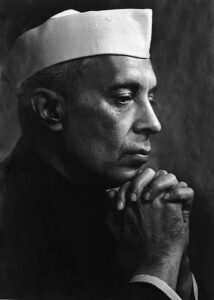
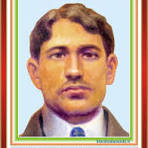
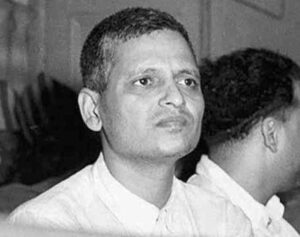
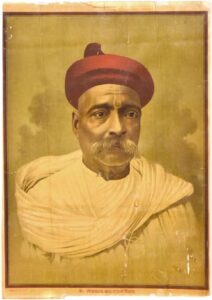
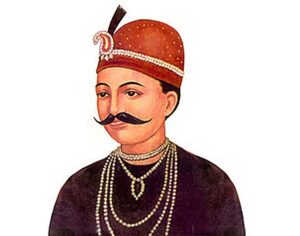
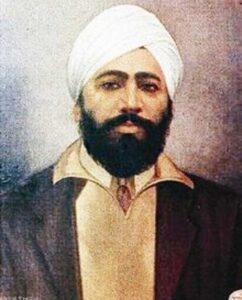
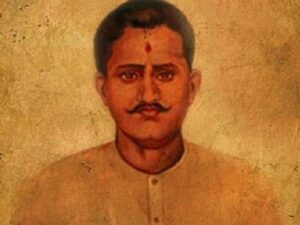
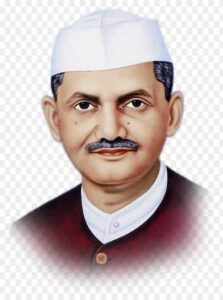
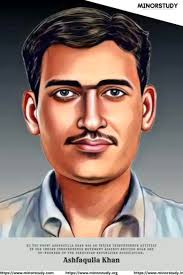
2 comments